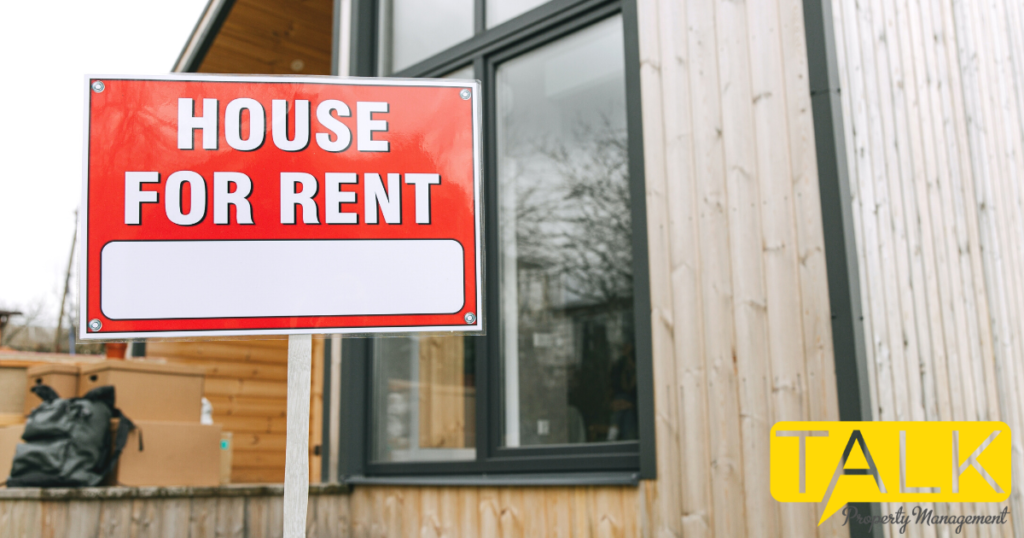Living in a rental property, sometimes it can be challenging to make the house feel more like a home. Many landlords have rules against painting or putting nails in the walls, which leaves you wondering what you can do to make your rental property feel more like yours.
Let’s take a look at 4 design ideas to brighten up your rental property and make it more inviting.
Create An Entryway
Entryways are a great way to welcome guests and set the tone for the rest of your home. If you have space, set up a table with a lamp and decorative flowers. This is a great way to add color and your personal touches that guests will notice as soon as they walk in.
Brighten Up With Color
Many rental properties often have neutral wall colors and flooring. Just because you can’t paint the walls doesn’t mean you can’t add color! Try adding bold curtains or bright-colored pillows to add some personality. A new rug is another great way to add color and would be a great addition to warm up your living room.
Let There Be Light
Lamps and lighting can help you see your rental property in a new light. If your landlord will allow it, try switching out the dining room or kitchen lighting with a new modern lighting fixture. If not, adding lamps to fit your style will help brighten things up. Natural lighting is also a game changer, so try replacing the original blinds and curtains with sheer white curtains to lighten up the home.
Removable Wallpaper & Contact Paper
If you don’t want to put in the time to do an entire room, remember that a little can go a long way. Try adding an accent wall in your kitchen or living room or updating your countertops with contact paper. If you don’t like it, it can easily be removed, and you can try a new design!
There are various ways to spruce up your rental, but incorporating these four ideas will make a world of difference! If you have any questions or need recommendations, reach out to us! We are always here to help.



